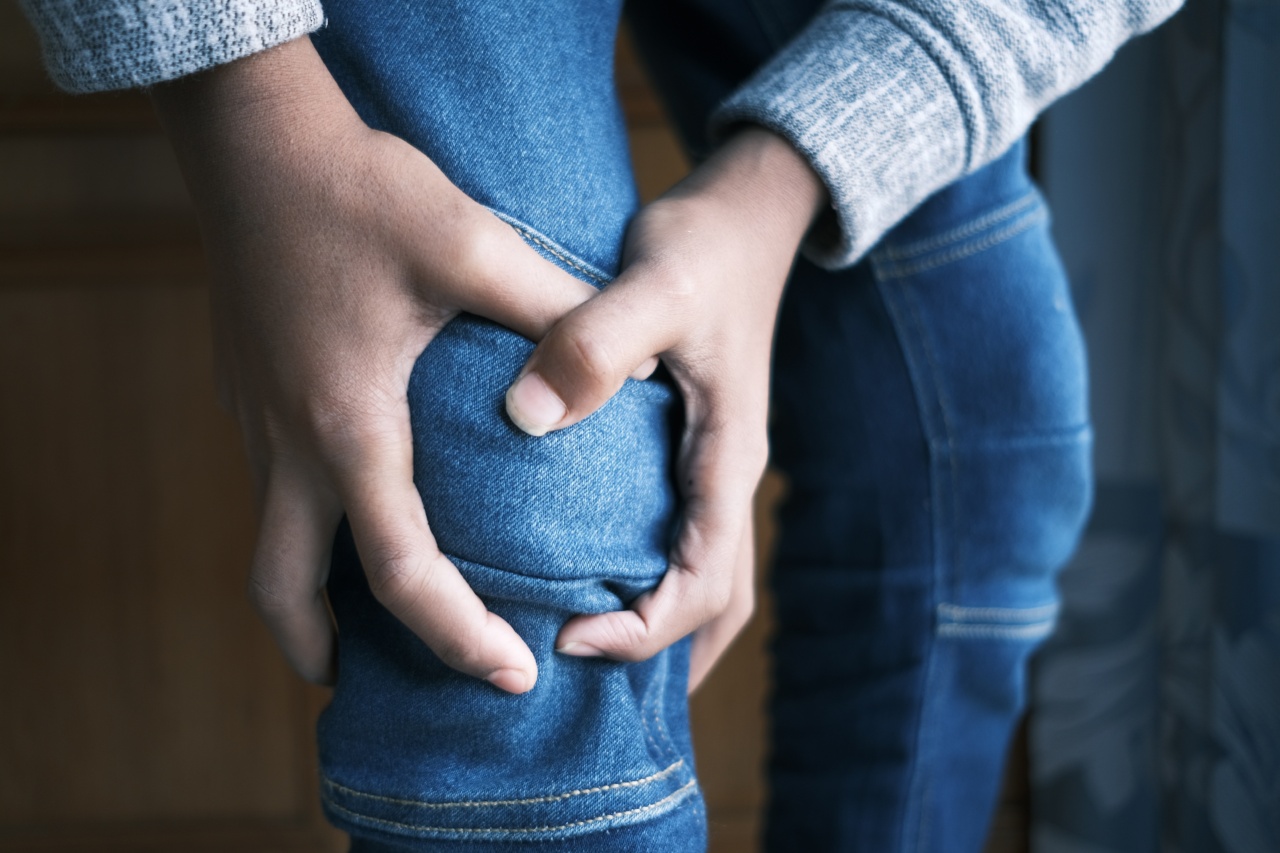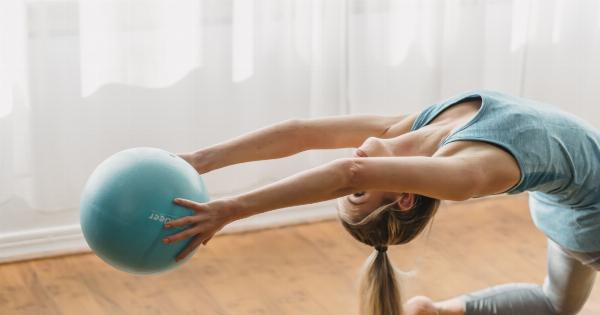Knee pain is a common issue that affects people of all ages. It can be caused by various factors such as overuse, injury, or certain medical conditions like arthritis.
Regardless of the cause, knee pain can be quite debilitating and can limit your ability to perform daily activities.
Fortunately, there are exercises that can help alleviate knee pain and strengthen the muscles surrounding the knee joint. These exercises not only provide relief but also prevent further injury.
It is important to consult with your healthcare provider or a physical therapist before starting any exercise program, especially if you have a pre-existing knee condition or are recovering from an injury.
1. Quad Sets
Quad sets are a great exercise to start building strength in your quadriceps muscles. These muscles are crucial for knee stability and support. To perform quad sets:.
- Sit on the floor with your legs straight out in front of you.
- Tighten the muscles on the top of your thigh (quadriceps) and press the back of your knee into the floor.
- Hold for about 5 to 10 seconds and then release.
- Repeat for 10 to 15 times.
2. Hamstring Curls
The hamstrings are muscles located at the back of your thigh. Strengthening these muscles can help balance the strength in your leg muscles and reduce stress on the knee joint. Here’s how to perform hamstring curls:.
- Stand up straight with your feet hip-width apart and your arms at your sides.
- Slowly bend one knee, lifting your heel toward your buttocks.
- Hold this position for a few seconds and then slowly lower your foot back to the floor.
- Repeat on the other leg.
- Complete 2 to 3 sets of 10 to 15 repetitions on each leg.
3. Straight Leg Raises
Straight leg raises target the muscles in the front of your thigh, known as the quadriceps. These muscles play a vital role in knee extension and stability. Follow these steps to perform straight leg raises:.
- Lie on your back on a flat surface with one leg straight and the other bent.
- Tighten the muscles in the front of your thigh of the straight leg.
- Slowly lift the straight leg off the ground until it is parallel to the bent leg.
- Hold for a few seconds and then lower the leg back down.
- Repeat on the other leg.
- Do 2 to 3 sets of 10 to 15 repetitions on each leg.
4. Step-Ups
Step-ups are an excellent exercise for building strength in the muscles surrounding the knee and improving overall stability. You can use a step or a sturdy platform to perform step-ups:.
- Stand in front of the step or platform with your feet shoulder-width apart.
- Step onto the platform with one foot and lift your body up onto the platform.
- Straighten your leg and bring your other foot to meet the first foot. Both feet should be on the platform.
- Step back down with one foot at a time, returning to the starting position.
- Repeat for 10 to 15 times on each leg.
5. Wall Squats
Wall squats are a great exercise to strengthen the quadriceps, hamstrings, and glutes. These muscles play a crucial role in knee stability and overall leg strength. Follow these steps to perform wall squats:.
- Stand with your back against a wall and feet shoulder-width apart.
- Slowly slide your back down the wall, bending your knees and lowering your body into a squatting position.
- Stop when your knees are at a 90-degree angle.
- Hold this position for about 5 to 10 seconds and then slowly push yourself back up using your legs. Avoid locking your knees at the top of the motion.
- Repeat for 10 to 15 times.
6. Lunges
Lunges are an effective exercise for strengthening the muscles in your legs, including the quadriceps, hamstrings, and glutes. Here’s how to perform lunges:.
- Stand up straight with your feet shoulder-width apart.
- Step forward with one leg, lowering your body until both knees are at 90-degree angles.
- Push through your front heel to return to the starting position.
- Repeat on the other leg.
- Complete 2 to 3 sets of 10 to 15 reps on each leg.
7. Calf Raises
Strong calf muscles help support the knee joint and reduce strain on the knees. Calf raises are a simple exercise you can do to strengthen your calves:.
- Stand with your feet shoulder-width apart and toes pointing forward.
- Raise your heels off the ground, lifting your body weight onto the balls of your feet.
- Hold this position for a few seconds and then lower your heels back down.
- Repeat for 10 to 15 times.
8. Hip Abduction Exercises
Hip abduction exercises target the muscles on the outer side of your hip, known as the hip abductors. These exercises help improve hip stability, which in turn reduces stress on the knee joint. Here’s how to perform hip abduction exercises:.
- Lie on your side with your legs straight.
- Keeping your lower leg straight, raise the upper leg as high as possible without rotating your hips.
- Hold for a few seconds and then lower the leg back down.
- Repeat on the other side.
- Do 2 to 3 sets of 10 to 15 repetitions on each side.
9. Swimming
Swimming is a low-impact exercise that can help strengthen the muscles in your legs, including those around the knee joint. It is an excellent option for people with knee pain or those recovering from knee injuries.
Try different swimming strokes to engage various leg muscles and improve overall strength and flexibility.
10. Cycling or Stationary Biking
Cycling or using a stationary bike is a great way to improve leg strength and cardiovascular health without putting excessive strain on the knees.
Adjust the resistance level according to your comfort and gradually increase the intensity as your muscles get stronger. Cycling helps improve range of motion, strengthen the quadriceps, and reduce knee pain.
Remember to start slowly and gradually increase the intensity and duration of your exercises. If at any point you experience pain or discomfort, stop the exercise and consult with a healthcare professional.
Proper form and technique are crucial for preventing injury and optimizing the benefits of these exercises.

























